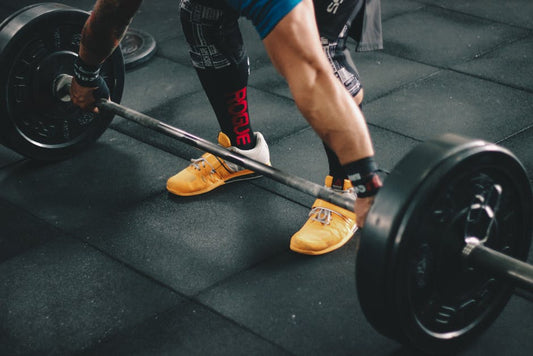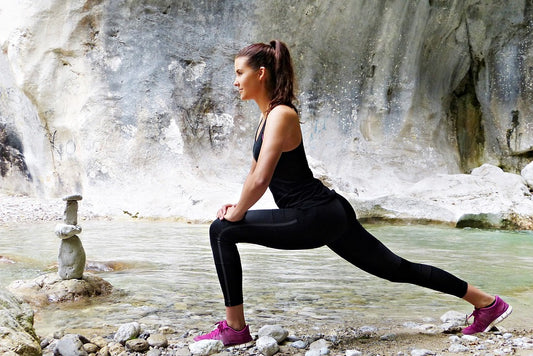CrossFit

Top Cross Training Shoes for Male Athletes in 2017
The desire and appetite to go to a higher level each time you are in CrossFit training help drive growth and new challenges. In order to scale the heights of...
Top Cross Training Shoes for Male Athletes in 2017
The desire and appetite to go to a higher level each time you are in CrossFit training help drive growth and new challenges. In order to scale the heights of...

Key Essentials in Choosing the Right Cross Trai...
CrossFitters and professional athletes are among the most active people. However, for them to optimize their activities, they need the right shoe and not just that, but the right fit...
Key Essentials in Choosing the Right Cross Trai...
CrossFitters and professional athletes are among the most active people. However, for them to optimize their activities, they need the right shoe and not just that, but the right fit...

